Tokamak Energy and How a Tokamak Reactor Works
Table of contents

You’d be excused for thinking that a tokamak is some sort of new vaporizer that lets you micro-dose marijuana in the bathroom at work when in fact it’s a really cool new way to generate energy. Pronounced “toke a mack”, the name comes from a Russian acronym that spells out “toroidal chamber with magnetic coils“, but that’s not important right now. What is important is to first understand how a tokamak produces energy and then figure out if there’s any way we can make money off this in case there should ever be a tokamak stock or a tokamak IPO.
An Intro to Tokamaks For Dummies
If we can actually explain this simply without making any technical faux pas or offending anyone, we’re going to pat ourselves on the back because this thing is not easy to understand. Regular readers probably won’t remember the article we wrote a few years back called “3 Nuclear Fusion Energy Companies for Investors to Watch“. In that article, we explained that the nuclear power plants you see with those big smoke stacks are splitting an atom, a process we call nuclear FISSION. Nuclear FUSION on the other hand is where we take two lighter atoms and then fuse them into one heavier atom, something that happens on a daily basis for stars like the sun. With fusion energy, one tablespoon of liquid hydrogen fuel could generate energy as much energy as 28 tons of coal with no radioactive waste. Elon Musk expounded on the significance of nailing nuclear fusion as follows:
It’s a very, very difficult technical problem, one of the most difficult technical problems that humanity will ever try to solve. But if we solve it, we will have “energy forever”.
So why can’t we just fuse two atoms together in our garage over the weekend and never pay for power again? Well, the process first involves getting some plasma together. Is it wrong that this chart from Chem4Kids was actually one of the most interesting things we’ve seen all week?
So in order to get plasma, we need to add lots of energy. In fact, in order for the atoms to fuse and release energy while doing so, the plasma needs to be heated to a temperature of millions of degrees while confined in a space surrounded by magnets. The process is called “magnetic confinement” and it’s one of the two main branches of fusion research.
So let’s review. We need some plasma, then we need a chamber to put the plasma in while we heat it, and then we need to surround the whole thing with magnets, kind of like this:
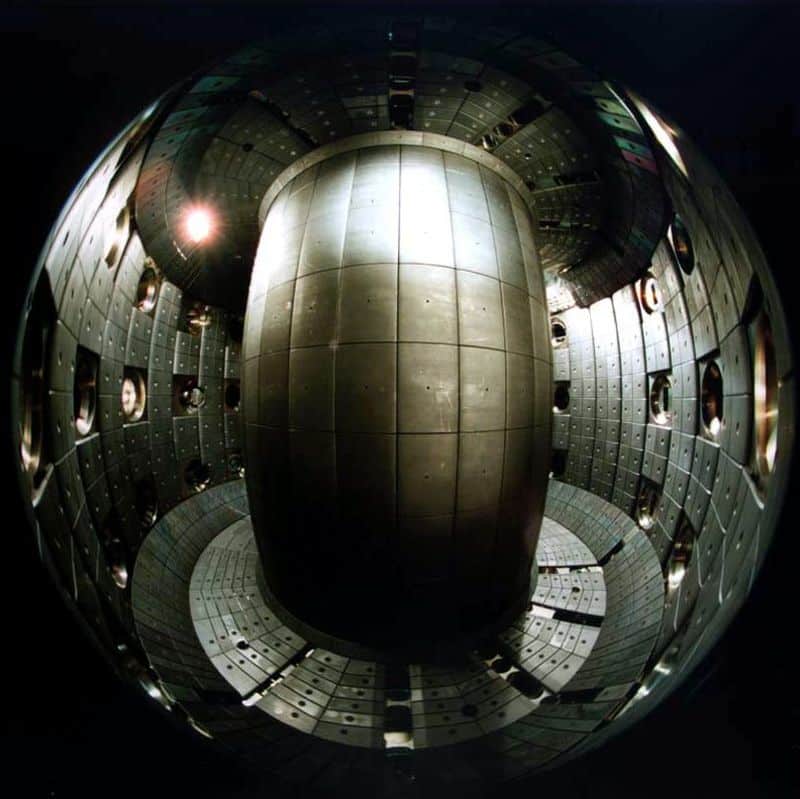
What you’re looking at above is an actual tokamak fusion reactor which is under development (more on that later). If the one you built in your garage looks like that, you should be good to go.
All The World’s Tokamaks
Now is probably a good time to tell you why fusion reactors aren’t being used to generate power. You see, in order to heat that plasma up for fusion to take place, you need more energy than what is actually produced. That’s a problem we haven’t been able to solve yet, even though there are more than 200 tokamak reactors that have been built around the world:
The table above comes from Nick Balshaw over at “All-The-World’s Tokamaks” who produced a huge PDF file with loads of useful information about “all the world’s tokamaks”. None are generating any “net energy” though, because nobody has figured out how to create fusion using less energy than what is produced.
The International Thermonuclear Experimental Reactor (ITER)
One of the most promising tokamak projects taking place is in Southern France, and it’s called the “ITER”. With 35 nations participating (all the usual suspects), it all began just over 10 years ago and when complete, will weigh as much as 3 Eiffel Towers and will produce temperatures of 150 million Celcius (10X hotter than the core of the sun). The 1,000-ton magnet used in this beast will be strong enough to power two space shuttles, but instead will be used to produce 500 megawatts of output power for twenty minutes while only consuming 50 megawatts to operate. Construction began in 2013 and two years later building costs have exceeded $14 billion. They still have a long way to go as evident by the below timeline:
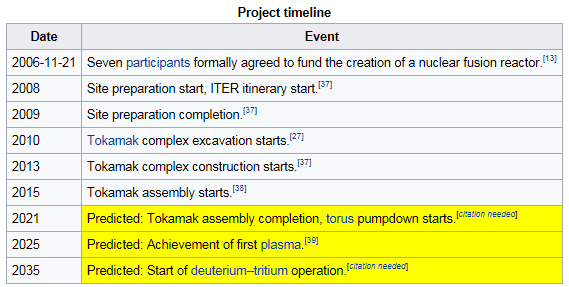
If you’re wondering about the biggest tokamak in existence today, that would be the Joint European Torus (JET) in Culham, England which began operation in 1983 and set the world record for fusion power in 1997 (16 megawatts). The amount of power that this thing consumes is more than one percent of the UK supply with peak power exceeding 1,000 megawatts. These scientists found that the most power consumed by UK residents is halftime during a major football soccer final or commercials during popular TV shows (millions of people going to the toilet at once we presume). And you thought working in nuclear fusion wasn’t interesting.
The JET is a key tool being used by researchers who are part of the 5,000 person team working on ITER. While we’re all waiting for the project to complete, private companies are charging ahead. We gave you 3 examples before of startups working on fusion, but one company that’s been in the news lately that we haven’t talked about yet is Tomahak Energy.
Tokamak Energy’s Latest News
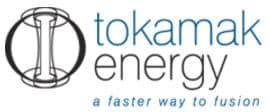
Conclusion
This is the sort of thing that we love to research and write about because it progresses so slowly that you can safely issue about one article a year on the topic while keeping everyone up to speed. While we love hearing all the nerdy details, as investors we’re solely interested in hearing about commercial progress and milestones being met. We’re setting up a tickler file to revisit this in one year’s time. During our research, we also came across the term “cold fusion” so we may have to assign that topic to one of our MBAs and see what’s going on there as well. Stay tuned.
Sign up to our newsletter to get more of our great research delivered straight to your inbox!
Nanalyze Weekly includes useful insights written by our team of underpaid MBAs, research on new disruptive technology stocks flying under the radar, and summaries of our recent research. Always 100% free.







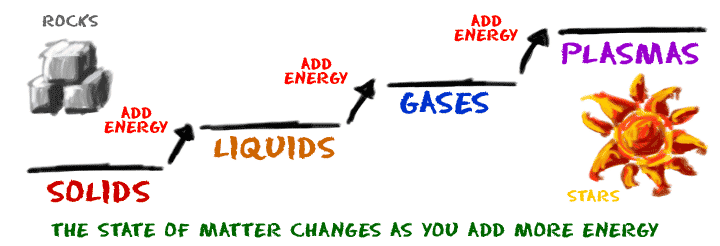
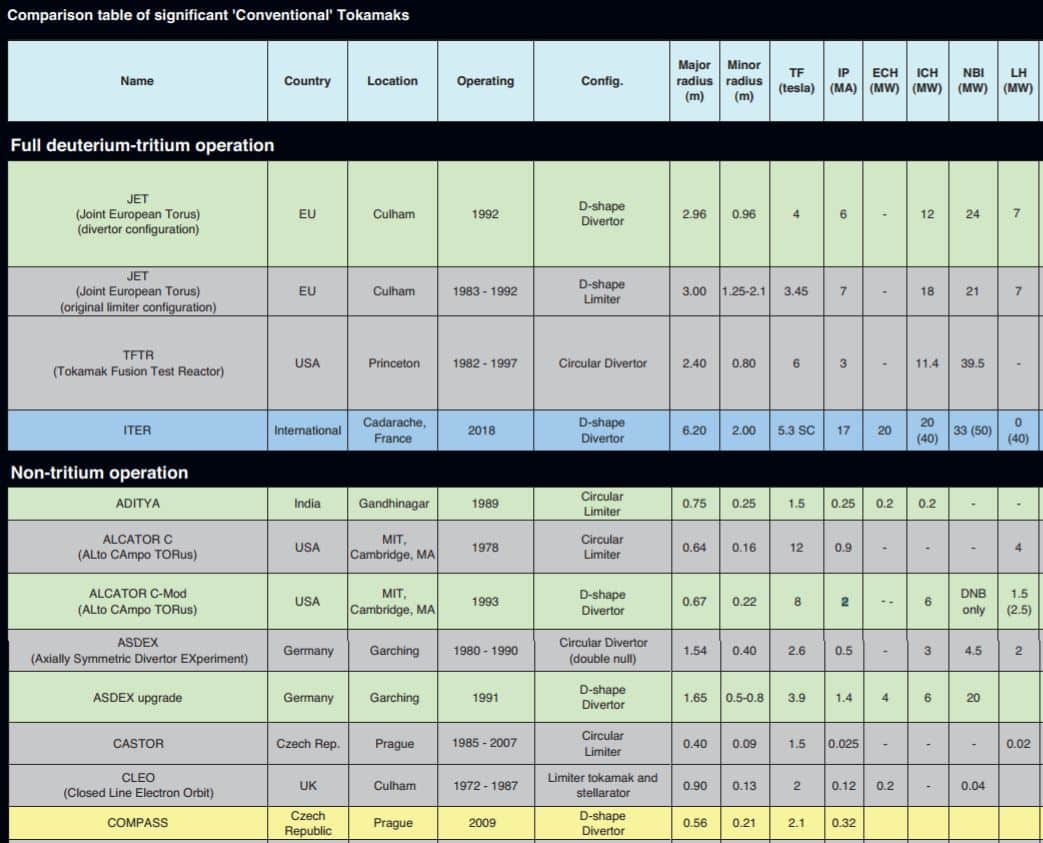








An MBA is not likely to know much about cold fusion. You need to ask a chemist or physicist who has read the literature. You can read the literature yourself, here:
http://lenr-canr.org/
With this:
http://lenr-canr.org/acrobat/McKubreMCHcoldfusionb.pdf
MBAs don’t know isht about anything Jed. If you can spare 30 seconds, here’s a clip that gets this point across:
https://www.youtube.com/watch?v=e1NZ0vdD3KE&feature=player_embedded
The author of that article has an MBA and regrets making such a horrible mistake. A nerd by heart, he spends his life now trying to atone by explaining complex topics in simple terms.
Thank you for passing along some good info, and hopefully he’ll do it justice in our coming article on cold fusion.